If your child has a food allergy, don’t let it frustrate you. Your child can live a happy, healthy life, as long as you are well-informed (and not beating yourself up over little food errors!).
Food Allergies in Children
Upto 1 in 2o children can be allergic to food. The good news is, most kids outgrow their food allergies. Normally, only allergies to foods like peanuts, seafood, seeds and tree nuts tend to be lifelong.
What is Food Allergy?
You know it’s a food allergy when the body responds to certain completely harmless foods in abnormal ways, triggering the immune system to attack. It releases histamines, which are special proteins released at the site of contact, signalling the body to deal with the irritation.
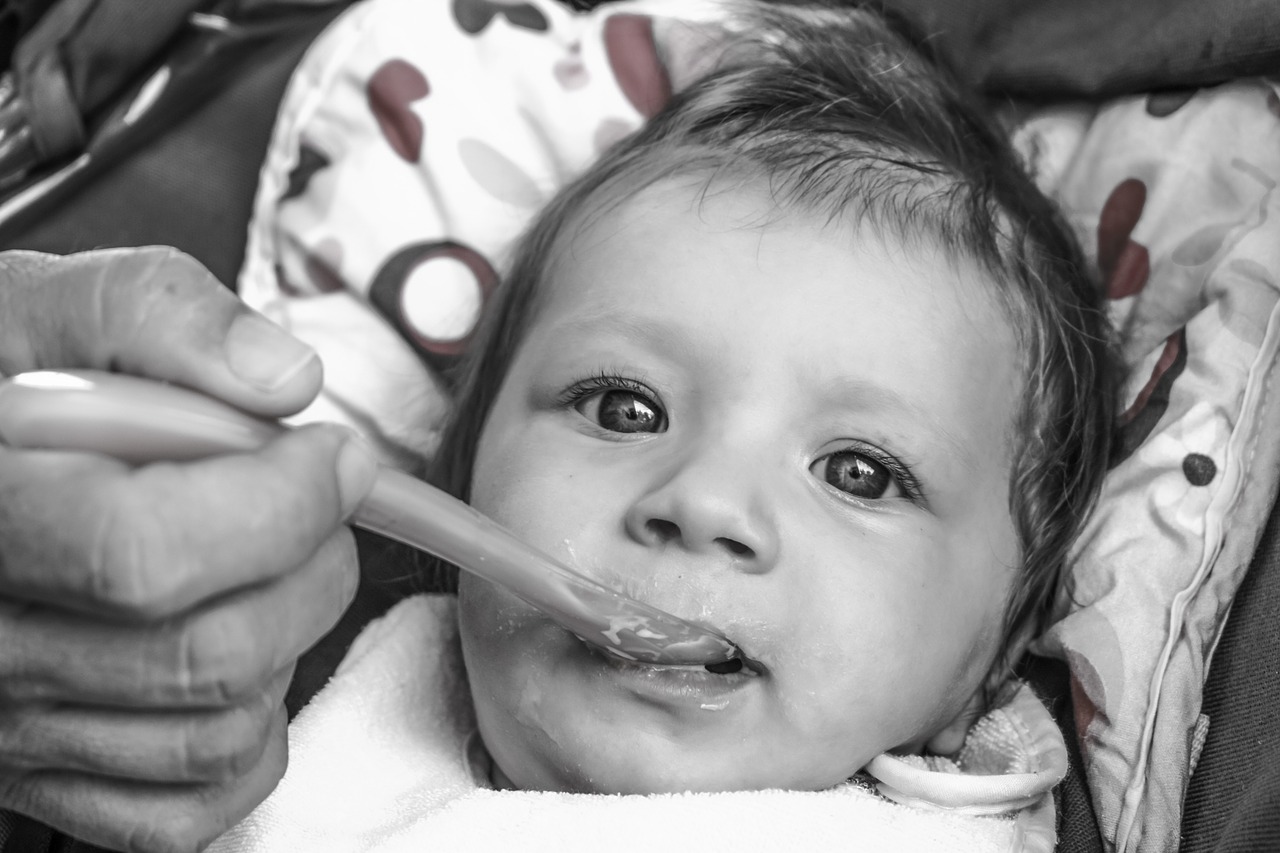 Your child may have been introduced to the food through breast milk. Or she may have eaten it for the first time as a toddler. The next time he eats it, the allergic reaction will kick in.
Your child may have been introduced to the food through breast milk. Or she may have eaten it for the first time as a toddler. The next time he eats it, the allergic reaction will kick in.
You can identify foods your child is allergic to early on, by introducing into her diet the eight common foods children are allergic to, as listed in the next section. These foods should be introduced one at a time in a well monitored environment.
You also shouldn’t ignore a family history of food allergies, hay fever, asthma or eczema, although some experts say food allergies don’t necessarily run in the family.
Common Foods Children Are Allergic To
In a way, it’s comforting to know that most food allergies in children are caused by one or more of just eight foods.
- Eggs
- Milk
- Wheat
- Tree nuts (eg: walnuts or almonds)
- Soy
- Peanuts
- Shellfish
- Fish
Among these, soy products, dairy products, eggs and wheat are the most common culprits of food allergies in infants. Sometimes nuts, fish, corn and peanuts can also be responsible. The allergies caused by fish, shellfish, tree nuts and peanuts are the most severe.
Symptoms and Risks of Food Allergies
The symptoms of allergy can be mild or severe. Allergy symptoms can start within a few minutes of eating the offending food. Or it can show up an hour afterwards. There are some common symptoms of allergies. Your child may experience symptoms differently from the next. Remember, just a little, miniscule amount of the food can trigger an allergic reaction.
Common Food Allergy Symptoms
- Hives
- Cramps
- Vomiting
- Diarrhea
- Swelling
- Itching or tightness in throat
- Eczema
- Swelling or itching of tongue, lips or mouth
- Wheezing
- Difficulty breathing
- Low blood pressure
Anaphylaxis
In some cases, the food can cause an allergic reaction so severe that it can be life-threatening. This is called anaphylaxis. It can be terrifying for parents to watch their child go through an anaphylactic shock. You need to call 911 at the first sign of anaphylaxis, right after you’ve administered epinephrine.
Practical Ways to Manage Food Allergy

One of the problems with food allergies in young children is that they can’t always express what’s ailing them. You have to interpret their complaints, and link them to food allergies. For instance, if your child complains there’s something stuck in their throat, it could be a tightness in the throat due to the shellfish extract that was flavouring the new crisps you tried.
Avoiding allergens is the only way to keep allergy at bay. Some things you can do to manage your child’s allergy better is:
- Always read and learn to understand food labels
- Know the signs and symptoms of moderate food allergies and emergency responses
- Carry any prescribed epinephrine at all times
- Beware of cross-contamination when preparing food
- When you’re eating out, always inform the wait staff about the food allergies
What to Do If You Suspect Food Allergy?
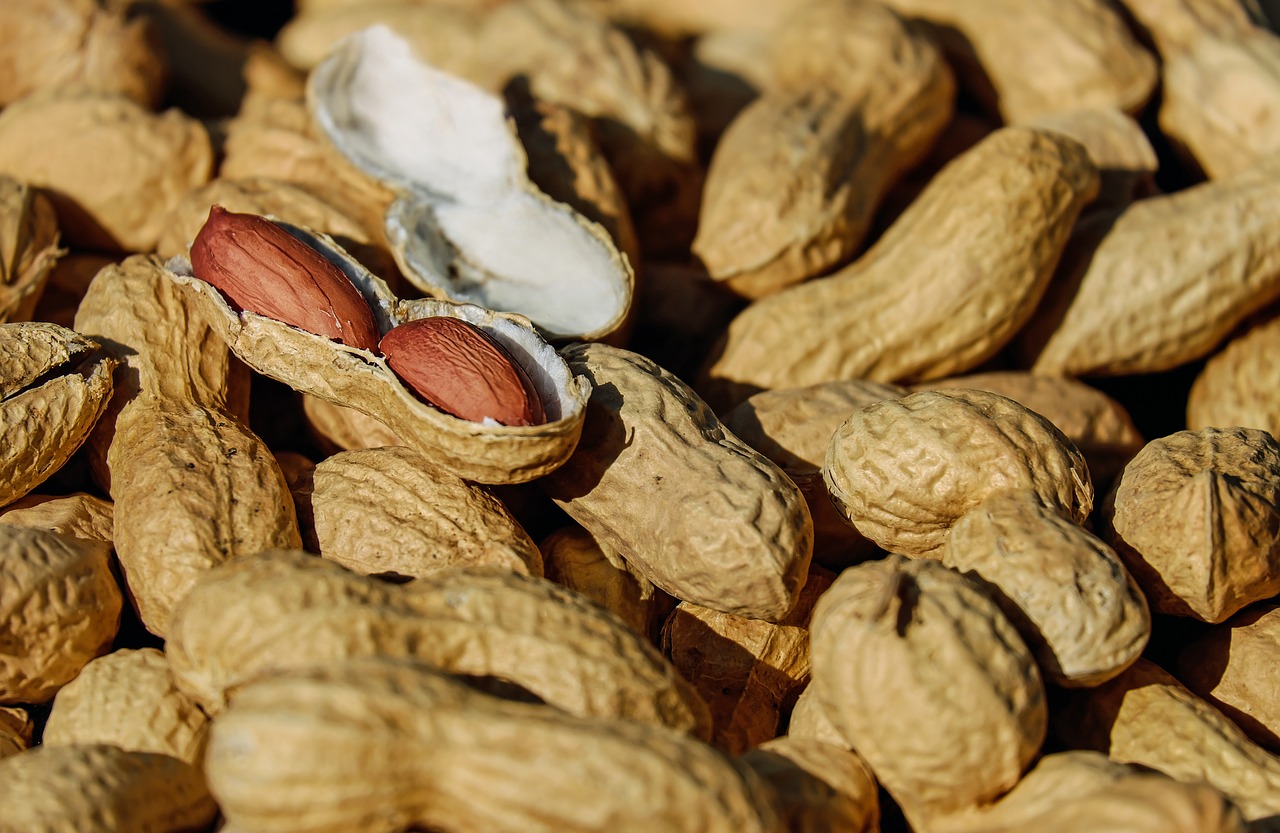
A surefire way to confirm whether your child’s hives or vomiting is due to allergy and not food intolerance or something else, is to see a immunologist or allergy specialist. They will run tests, like an allergy blood test or a skin prick allergy test.
But tests are not always conclusive. Your doctor may recommend an Oral Food Challenge (OFC) as well. During this test, a food is eaten slowly under a doctor’s watch. The amount is slowly increased and the doctor uses her observations to rule out or accurately diagnose a food allergy.
Living with Food Allergies
As a first step, do get your child tested for the food allergies you suspect. Then, consult with your doctor and find replacements for the allergen foods instead of cutting the foods out of the diet.
And finally, don’t let your child’s food allergies make you guilty and anxious. Rather than blaming yourself for little food errors that trigger an allergy, recognize that you and your child are doing the best you can together.

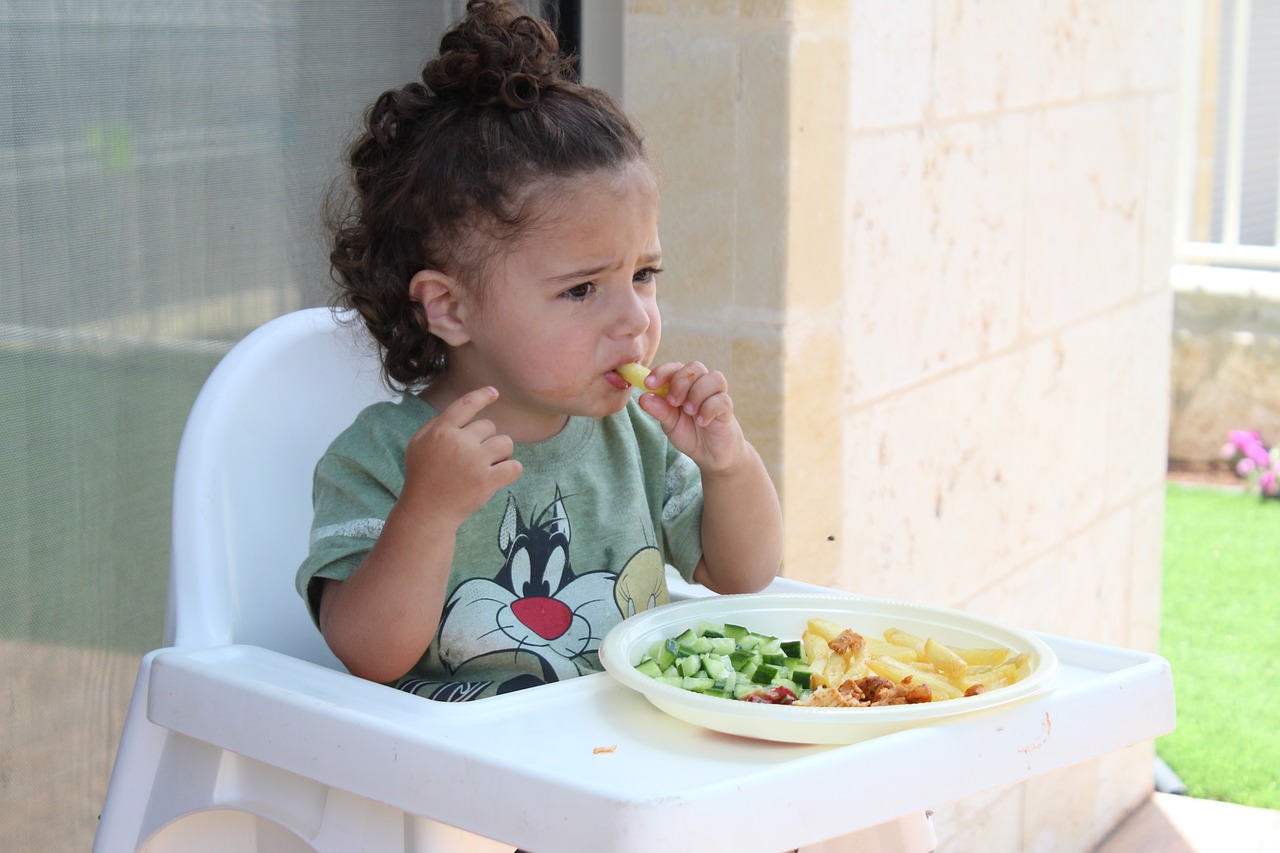




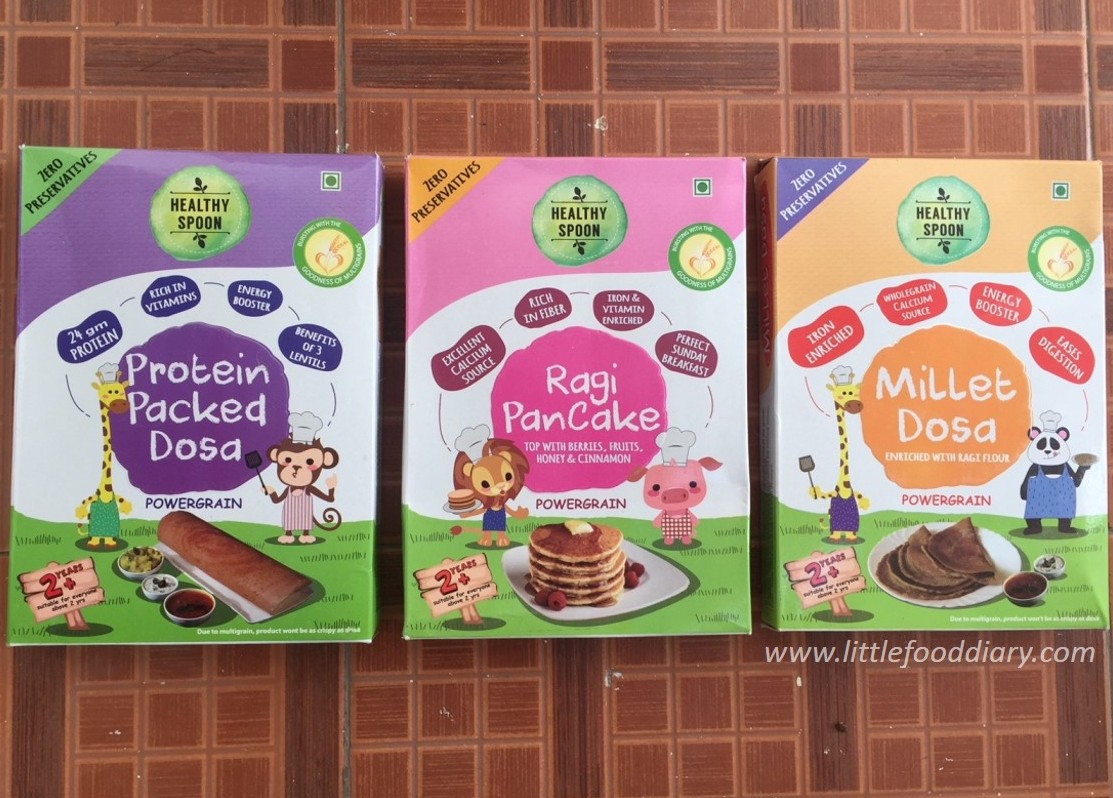
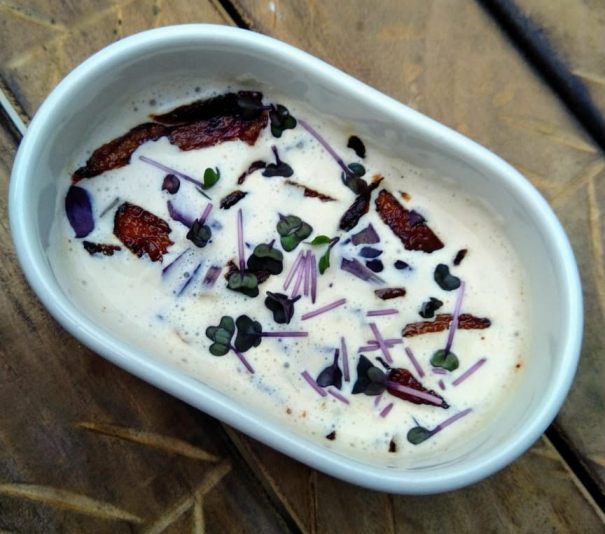

0 Comments